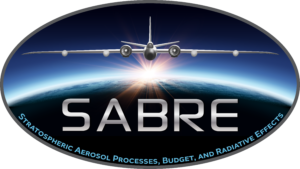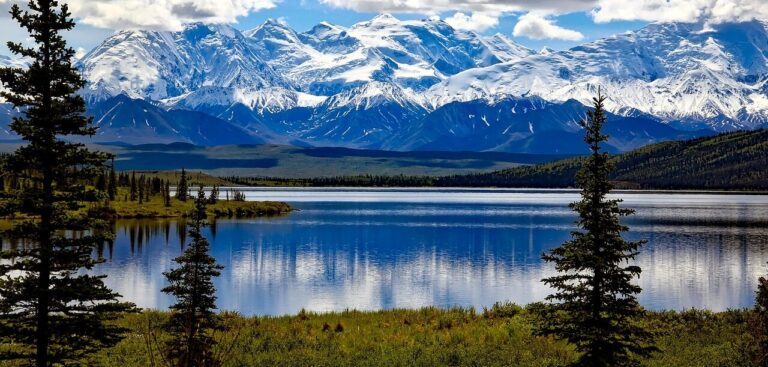NOAA’s Chemical Sciences Laboratory has kicked off its SABRE (stratospheric aerosol processes, budget and radiative effects) airborne mission, investigating atmospheric chemistry and aerosols over the Arctic.

Part of NOAA’s Earth’s Radiation Budget research program, SABRE will take place throughout March and will look to gather baseline observations of the stratosphere and other elements of Earth’s climate system to inform evaluations of potential future efforts to slow global warming by modifying the amount of heat captured by the atmosphere.
Karen Rosenlof, senior scientist for climate and climate change, NOAA Chemical Science Laboratory, said, “Processes in the stratosphere can change climate at the Earth’s surface. Satellites give us important information, but not everything we need to know. SABRE measurements will help to assess the increasing impacts to the stratosphere through space flight or deliberate climate intervention.”
Flying out of Eielson Air Force Base in Fairbanks, Alaska, a NASA WB-57 research jet will carry a payload of 17 sampling instruments from NOAA, NASA, Harvard and the University of Vienna into the stratosphere, which in the Arctic extends from around 6.4km (4 miles) to 48km (30 miles) above the surface. The flights will gather extensive and detailed measurements of trace gases and aerosols in an undersampled region of the atmosphere.
Aerosols can reflect or absorb heat and therefore influence the climate. They also provide surfaces for important chemical reactions that control the amount of stratospheric ozone, which protects life on Earth from harmful ultraviolet solar radiation.
After completing research flights in Alaska, SABRE research flights are planned for the tropics in 2024 and the Southern Hemisphere in 2025.
NOAA’s Earth’s Radiation Budget program
In 2020, Congress directed NOAA to initiate a multi-year research program to investigate natural and human activities that might alter the reflectivity of the stratosphere and the marine boundary layer, and their potential impact on Earth’s climate system. These activities include researching and assessing the potential for climate intervention approaches to influence climate warming by reflecting sunlight from the atmosphere.
The deployment of climate intervention strategies large enough to offset climate change impacts could have risks and unintended consequences. Many of the processes most important for understanding climate intervention approaches – such as those that control the formation of clouds and aerosols – are among the most uncertain components of the climate system to model and understand.
A report issued by the United Nations Environment Programme notes that the evidence needed to make informed decisions about large-scale deployment of solar radiation modification is “simply not there.”
Rosenlof added, “We have to know more about how aerosols act in the climate system to better understand the costs and benefits of climate intervention. We are already seeing detrimental impacts on the biosphere and the economy due to climate change, and we should expect that they’re only going to get worse.”



